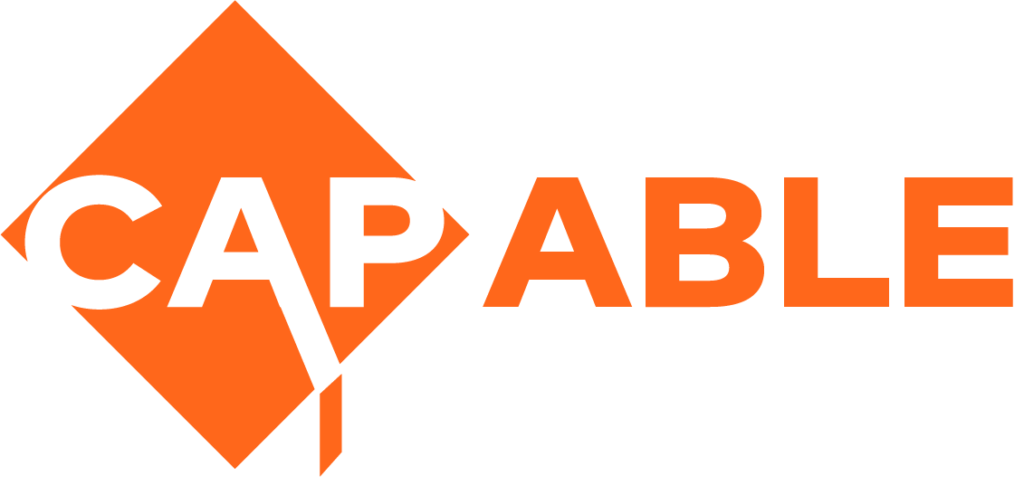Benefits of Inclusion
Why Inclusion Matters
Benefits of Inclusion to the Institution
- Equity is a tool to achieve greater equality which is not only a human-right but also has far reaching societal and economic benefits.
- Inclusion enriches and diversifies classrooms; fostering empathy and greater understanding within the university community. This is crucial for the development of students as well-rounded individuals.
- Focussing on inclusion negates the need for the creation of parallel education and training systems, which are less sustainable, and often of lesser quality, and could impact the pool of applicants getting into higher education.
- Deliberately including and recruiting youth with disabilities, refugees, and students from other marginalized communities widens the pool of applicants, allowing the university to select all kinds of students who are a good fit to study there.
- Taking deliberate and systematic action towards inclusion can make a positive impact on the local and global public perception of the university.

Benefits to Those Included
- For many people with disabilities, and other marginalised populations such as refugees, immigrants and others from low socio-economic backgrounds, efforts towards inclusion ensures their access to accredited public education and training, giving them the opportunity to receive an education, and improve their economic status.
- Being a part of an inclusive learning community diversifies classrooms, and enhances the educational experience for every student.
- Inclusion build skills and fosters the leadership abilities of young people from marginalized populations, allowing them to contribute to creating change in society.
- Learning together also promotes peace and social cohesion, which is a critical goal of education.
- Since all learners and communities – be they refugees or host communities, people with disabilities, or without – have unique capabilities, learning together promotes sharing of knowledge as they learn from the strengths of one another.
Benefit to the Surrounding Community
- Inclusion fosters empathy and greater understanding
- Inclusive teaching techniques, and good psychosocial support programs benefit all students. Many students live with invisible, undiagnosed impairments and learning disabilities. Improving inclusion in the classroom will help those students to succeed as well
- When marginalised youth are included, they can contribute to the local economies and local community development. Self reliance leads to less dependency on others
- Learning together also promotes peace and social cohesion, which is a critical goal of education.
- Learners from different backgrounds have the ability to hear the experiences of others, and develop new perspectives
- Ensures social and economic inclusion from the onset.
- When the host community students learn side-by-side with refugees, they share both financial and non-financial resources, and ensure a non-discriminatory equitable education and training system.
Other Links
RECEIVE OUR UPDATES
Sign In
The password must have a minimum of 8 characters of numbers and letters, contain at least 1 capital letter
- →
-
Chat with Us!
Do you have a comment, suggestion, question or request for more information? Let us know!

